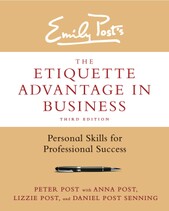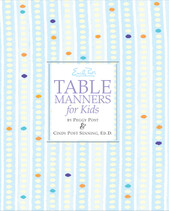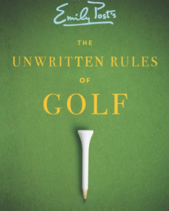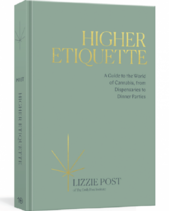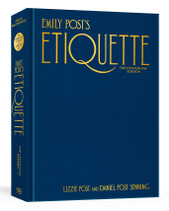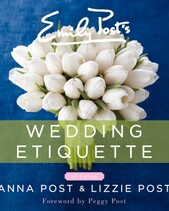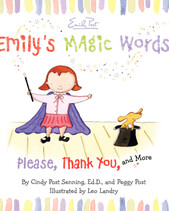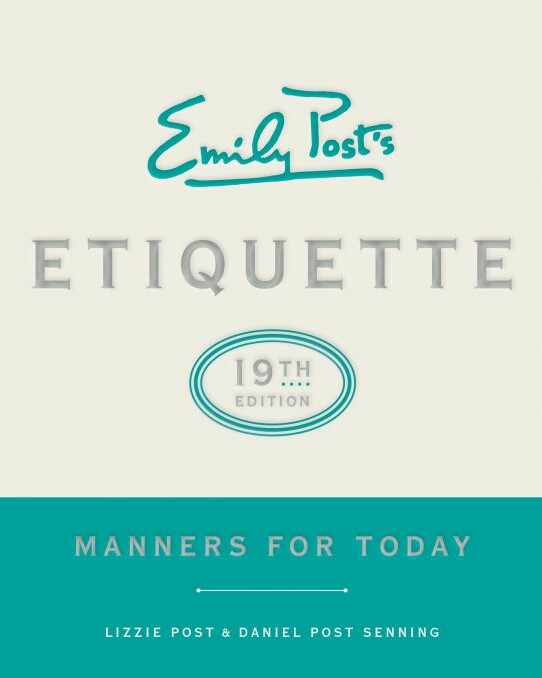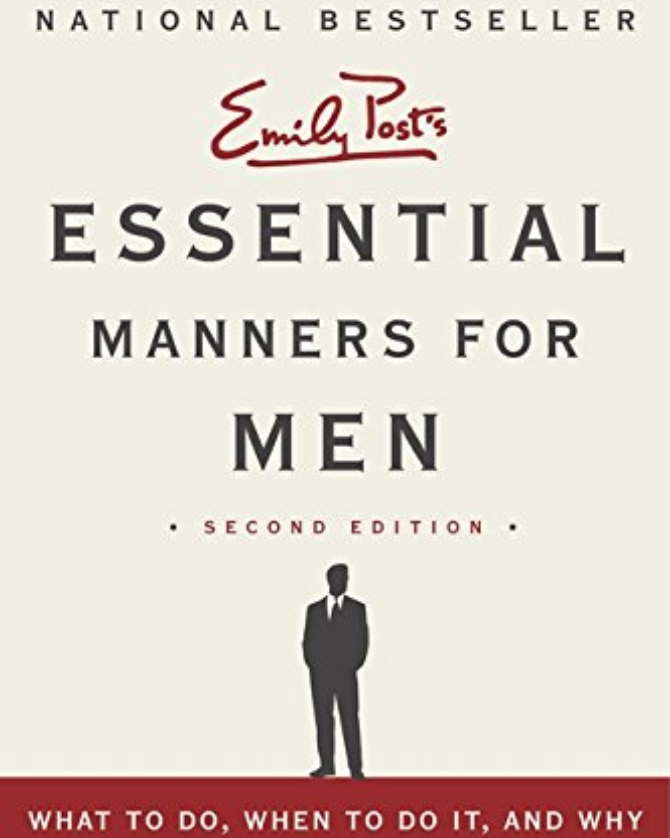
Follow this Personal Letter Format to Sound More Sincere

With all the new technology of today, the golden age of handwritten letters may be past. But receiving a long, newsy letter is still a treat, and there are times when nothing but a mailed letter will do. Whether handwritten, printed, or typed, the standard letter format hasn’t changed.
What's the Standard Layout of a Letter?
Personal letters are a powerful way to connect with friends, family members, business partners, and more, in a way that emails and text messages just can’t compete with, but they can be challenging to write. Understanding the standard structure of a letter will help you compose it more quickly. There are three basic parts of a letter: the opening (address and date), the body, and the letter ending.
Your Home Address and the Date

If your stationery does not include your printed address, place it in the upper right-hand corner of the first page. Follow one or two lines below with the date. If your address is already printed, the date is placed in the upper right-hand corner of the first page.
The Body of the Letter
The best letters will share news and information, mix good with bad news, respond to the questions asked or news shared in a previous letter, and ask about the recipient. Include only information you would be happy for others to see. It is more likely that a mailed letter will stay private; e-mailed ones can easily be forwarded inadvertently or intentionally.
How to End a Letter
There are a few different ways to end a letter, depending on who you’re sending it to. Start your letter ending with something positive and if you can, wind up the letter with something your correspondent can relate to.
The Complimentary Close
- The preferred letter ending phrases for formal, social, or business correspondence are “Sincerely,” “Sincerely yours,” “Very sincerely,” or “Very sincerely yours.”
- “Kind(est) regards,” and “Warm(est) regards” fill a nice gap between formal and more intimate closings.
Friendly Letter Closings
- The most frequently used friendly letter closings are “Cordially,” “Affectionately,” “Fondly,” and “Love.”
- “Gratefully” is used only when a benefit has been received, as when a friend has done you a favor.
- “As always” or “As ever” is useful in closing a letter to someone with whom you may not be close or haven’t seen for some time.
Signatures
- Sign with your first and last name if you’re writing to someone you’ve never met face to face.
- Put your last name in parentheses if you’ve only spoken with the person on the phone.
- Use your first name or nickname on letters to friends or business associates who know you.
4 Types of Letters Best Left Unwritten
Although personal letters can be a powerful force for good, the potential for a letter to be misinterpreted or to cause permanent damage in a relationship is equally strong. Here are four types of letters that you might want to think twice about sending.
- Woe-is-me: A letter full of misfortune and unhappiness won’t give your reader pleasure and will leave him or her worried or depressed.
- Tell-all: There’s nothing wrong with pouring your heart out in a letter, but providing too many intimate details could eventually lead to embarrassment.
- Gossip: It’s wrong to tell everything you know about someone’s trials and tribulations, so check your impulse to share.
- Anger: Bitter spoken words fade away, but written words stay on a page forever. Put a letter written in anger aside before sending it. Go back later and maybe you’ll soften the tone or decide not to send it.
These suggestions are highly effective when writing and ending personal letters. However, if this isn’t exactly the type of letter you’re looking to write, check out our guides to family holiday newsletters, sympathy notes and letters, and effective business letters.
Find our advice useful? Be sure to subscribe to our Newsletter for more etiquette tips, tricks, news, and updates.
